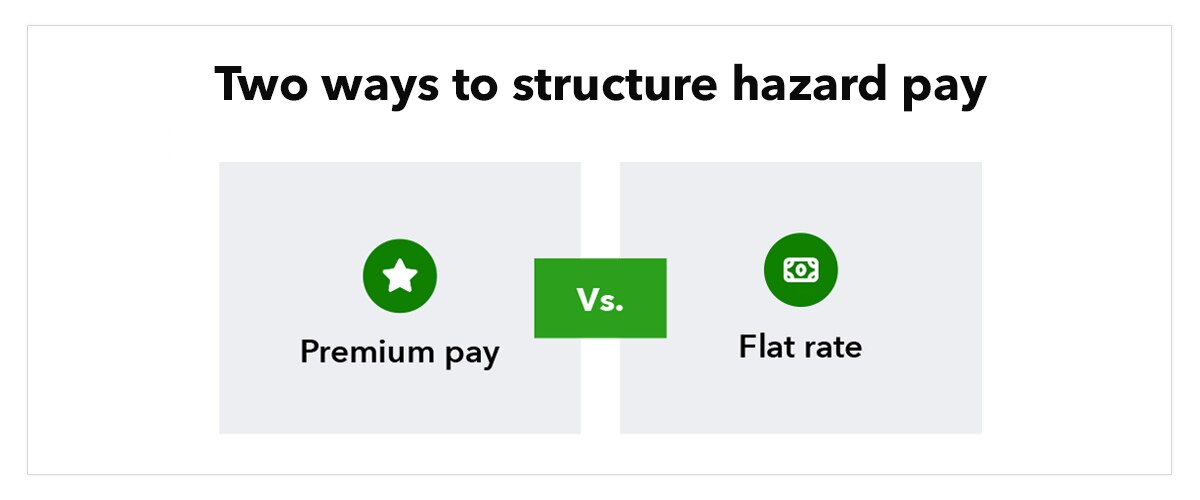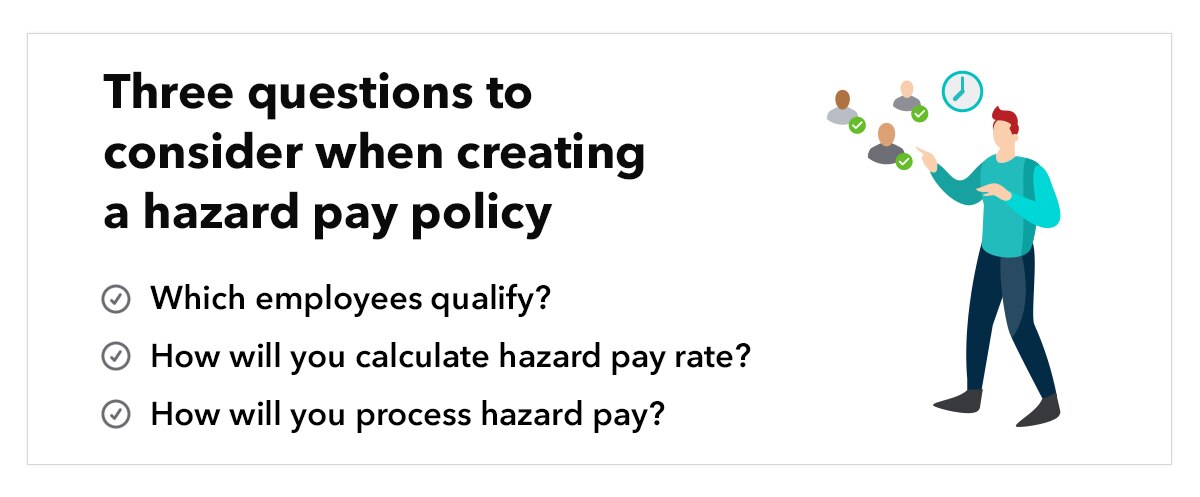As an employer, you aim to create a safe, positive work environment for your employees every day. Unfortunately, that’s not always possible. Hazardous work environments can happen for reasons beyond your control—for example, when essential workers have to come into work during a global pandemic. Or, hazardous conditions may simply be the nature of the job, such as working with dangerous chemicals. In both these cases, hazardous duty pay may apply.
In this post we’re answering some important questions like, “What is hazard pay?” and “Is hazard pay mandatory?” We’ll also explain how to implement the hazard pay process if you need to. Read on for an in-depth overview of hazard pay, or use the links below to skip to the section that best applies to your situation.


















